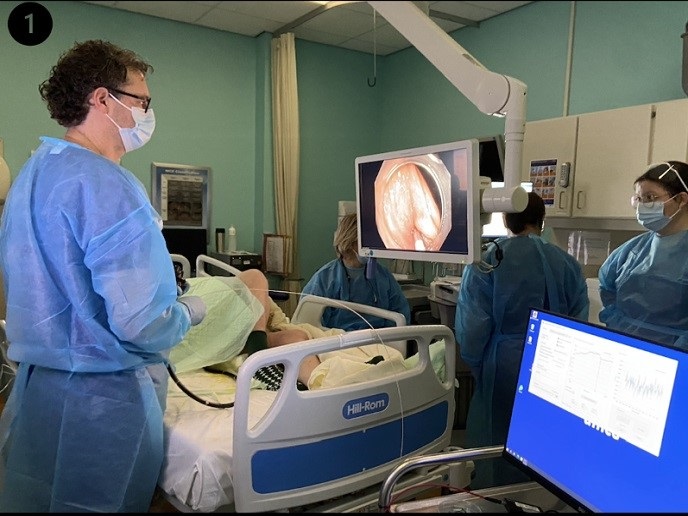Creating the optimum conditions for safe surgery
Assessments of surgical risks typically focus on patients’ conditions and surgical complexity, only partially explaining errors when they occur. “Unlike drugs – where production processes are standardised to ensure quality – surgical outcomes depend on the daily performance of surgeons, which is variable,” says Antoine Duclos, project coordinator of the TopSurgeons(opens in new window) project, which was funded by the European Research Council(opens in new window). TopSurgeons undertook field observations to identify and assess a range of factors which might jeopardise good clinical outcomes. “Precise monitoring of surgeons’ health and well-being, procedures, scheduling, operating room environments, team composition and patient outcomes, has helped us identify the optimum surgical conditions,” adds Duclos(opens in new window), previously at the University Claude Bernard Lyon 1(opens in new window), the project host.
Identifying the oft-missed determinants of surgical performance
Healthcare systems are struggling with growing demand for surgery. While volume and expectations increase, the resulting stress experienced by surgeons and their teams can lead to errors in technique, decision-making and operating room interactions. TopSurgeons investigated the human factors (such as a surgeon’s sleep quality, stress management and physical activity), alongside operating room organisation (including workload, team familiarity and unplanned events) that might make errors more likely. Field data was collated from 14 multispecialty surgery departments at France’s Lyon University Hospital, with the performance of 45 attending surgeons monitored over a 14-month period. A unique dataset was created using hospital information systems to record the surgeons’ daily environment (workload, team composition, unplanned events), alongside their physiological condition, thanks to wearable sensors. An ankle ActiGraph(opens in new window) was worn 24/7 to monitor the surgeon’s physical activity and sleep, while a chest-borne Polar(opens in new window) device was worn in the operating room to monitor stress (based on heart rate variability). Researchers also collected the outcomes of all 10 974 surgical procedures undertaken during the 14 months, including patient deaths, organ failures, unplanned reoperations and severe complications (during initial surgery or within 30 days afterwards). Multivariable statistical models then assessed the relationship between both the intrinsic (human) and extrinsic (organisational) factors and surgical outcomes. A key finding was that understanding and optimising a surgeon’s stress levels(opens in new window) may result in better surgical outcomes for patients. Additionally, the more familiar surgical team members were with one another(opens in new window), the more risks were reduced. This was illustrated by a one third decrease in adverse events(opens in new window) (from 23 % to 16.5 %) after at least 15 prior collaborations between the attending and assisting surgeons. “The lessons for hospital management and patient safety are clear: support surgeons to better manage stress, and invest in stable and consistent operating room teams and working environments,” notes Duclos.
Coaching programme inspired by elite athletes
Inspired by athlete training, the team has also developed: a coaching programme integrating individual coaching sessions delivered by professional coaches, with specific and tailored goals; biofeedback, relaxation and physical training modules for sleep quality, stress management and physical activity (accessed via an iPad); and a monthly charting system for performance monitoring and feedback. Particularly proud of this charting tool – as it offers actionable insights, empowering surgeons to reflect, adapt and improve – the methodology and code(opens in new window) have been made available to other institutions. “Drawing inspiration from elite sports(opens in new window), we identified four key processes critical to continuous improvement: coaching, feedback, preparation and recovery,” explains Duclos. A randomised trial (half surgeons on the programme, half not) has now been completed to evaluate the impact on surgeons’ performance and well-being, with the results currently being analysed.







